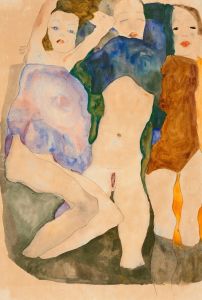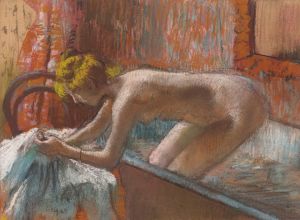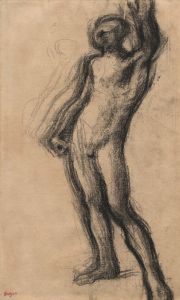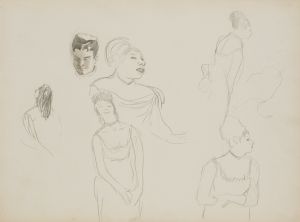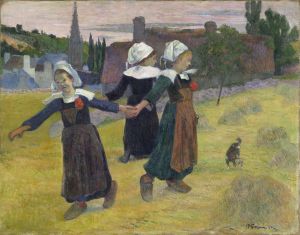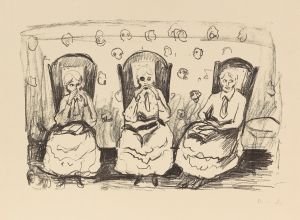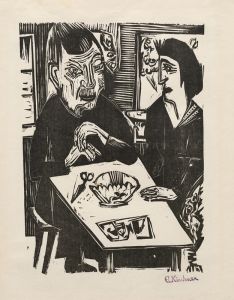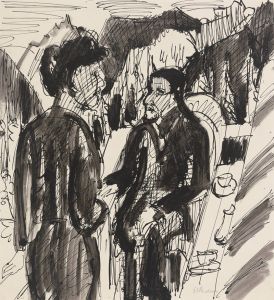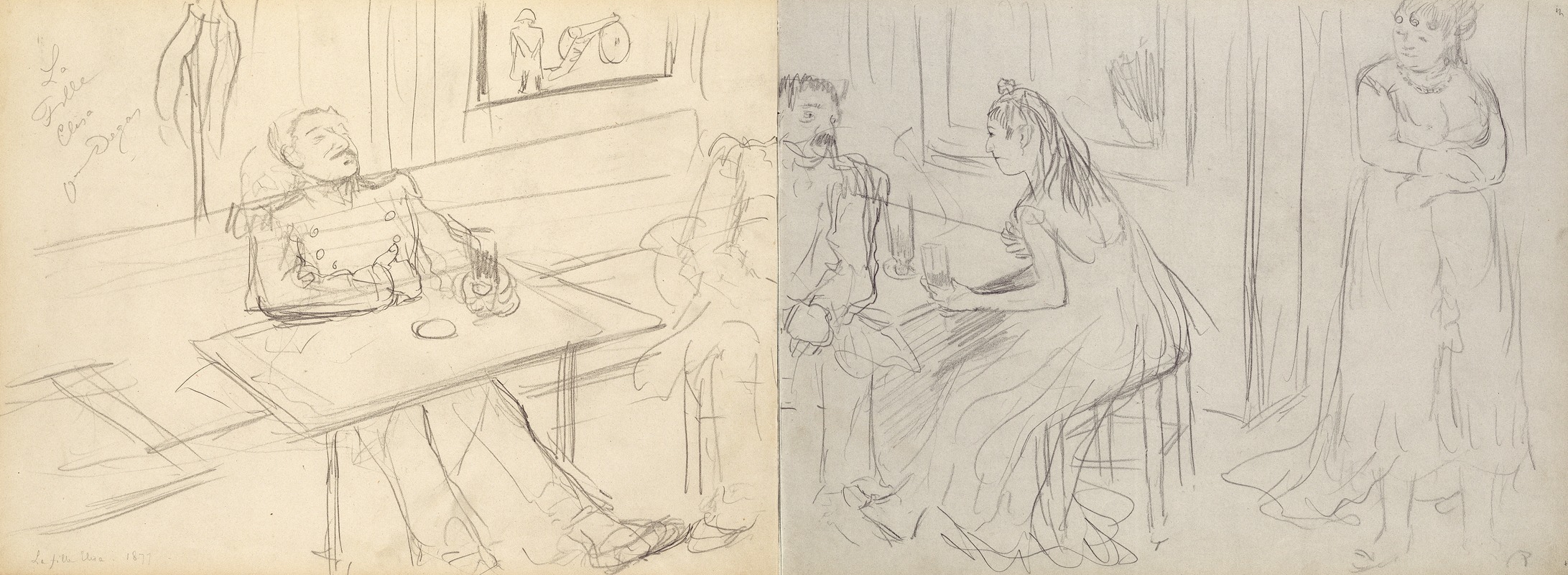
Brothel Scene
A hand-painted replica of Edgar Degas’s masterpiece Brothel Scene, meticulously crafted by professional artists to capture the true essence of the original. Each piece is created with museum-quality canvas and rare mineral pigments, carefully painted by experienced artists with delicate brushstrokes and rich, layered colors to perfectly recreate the texture of the original artwork. Unlike machine-printed reproductions, this hand-painted version brings the painting to life, infused with the artist’s emotions and skill in every stroke. Whether for personal collection or home decoration, it instantly elevates the artistic atmosphere of any space.
Edgar Degas, a prominent French artist associated with the Impressionist movement, is renowned for his works that capture the nuances of modern life in the late 19th century. Among his diverse subjects, Degas often explored themes that were considered unconventional or controversial at the time, such as scenes from the ballet, horse races, and intimate moments of everyday life. One of his lesser-known works is the "Brothel Scene," which delves into the world of prostitution, a subject that was both taboo and intriguing to many artists of his era.
The "Brothel Scene" by Edgar Degas is a painting that reflects the artist's interest in depicting the raw and unvarnished aspects of human life. While Degas is primarily celebrated for his pastels and oil paintings of ballet dancers, his exploration of more provocative themes demonstrates his commitment to portraying the breadth of human experience. The "Brothel Scene" is part of a series of works where Degas examined the lives of women who lived on the margins of society, offering a glimpse into the realities faced by these individuals.
Degas's approach to the "Brothel Scene" is characterized by his typical style, which combines a keen eye for detail with a sense of movement and immediacy. His use of light and shadow, along with his ability to capture the subtleties of human expression, allows viewers to engage with the painting on a deeper level. The composition likely features women in various states of undress, engaged in conversation or waiting for clients, though specific details about the painting's content are scarce.
The context in which Degas created the "Brothel Scene" is essential to understanding its significance. During the late 19th century, Paris was a city of contrasts, with its vibrant cultural life juxtaposed against the stark realities of poverty and vice. Prostitution was a prevalent part of urban life, and many artists, including Degas, were drawn to its complex social dynamics. By choosing to depict a brothel, Degas not only highlighted a facet of contemporary life that was often hidden from view but also challenged societal norms and the boundaries of acceptable art.
Degas's work in this area can be seen as part of a broader trend among artists of his time who sought to document the changing social landscape. His willingness to tackle difficult subjects reflects a desire to push the boundaries of art and explore themes that were often ignored or censored. The "Brothel Scene" is a testament to Degas's skill as an observer and his ability to convey the complexities of human emotion and interaction.
While the "Brothel Scene" may not be as widely recognized as some of Degas's other works, it remains an important part of his oeuvre. It provides insight into the artist's interests and the cultural milieu of 19th-century Paris. As with many of Degas's paintings, the "Brothel Scene" invites viewers to look beyond the surface and consider the broader social implications of the world he depicted.
In summary, Edgar Degas's "Brothel Scene" is a compelling example of his exploration of unconventional subjects. Through this work, Degas offers a candid portrayal of a segment of society that was often overlooked, challenging viewers to confront the complexities of human life and the social issues of his time.







